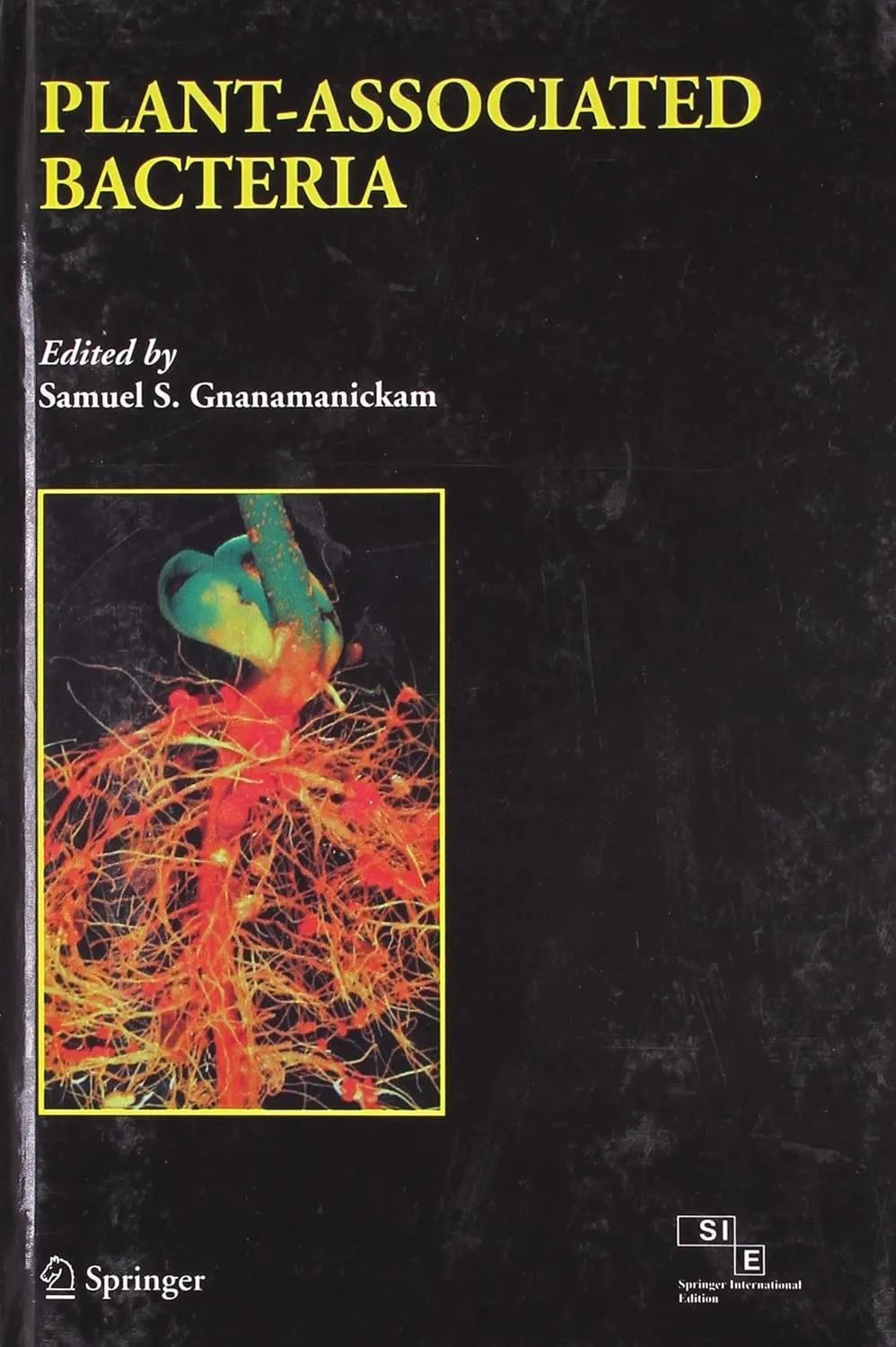Home
|
Products
|
9789356962026

Plant- Associated Bacteria | Hardcover
by Gnanamanickam
Highlights

9788181289223
ISBN

Gnanamanickam
Author

724
Pages

210 gm
Weight

English
Language

2008
Year

N/A
Edition

Hardcover
Binding
₹2425
₹2695
This volume is developed on the broad theme of plant-associated bacteria. It is envisioned as a resource volume for researchers working with beneficial and harmful groups of bacteria associated with crop plants. The book is divided into two parts. Part I (9 chapters) on beneficial bacteria includes chapters on symbiotic nitrogen fixers, diazotrophs, epiphytes, endophytes and rhizosphere bacteria and deleterious rhizobacteria. Part II (8 chapters) consists of detailed descriptions of 8 genera of plant pathogenic bacteria: Agrobacterium, Clavibacter, soft-rot Erwinia, Pseudomonas, Xanthomonas, Ralstonia, Burkholderia and Acidovorax and Herbaspirillum. There is an opening chapter on the plant-associated bacteria survey, molecular phylogeny, genomics and recent advances. And each chapter includes terminology/definitions, molecular phylogeny, methods that can be used (both traditional and latest molecular tools) and applications. Written for: Research scientists in microbiology, plant pathology, plant physiology, chemistry, genetics and molecular biology Keywords: Beneficial bacteria Deleterious bacteria Plant-associated bacteria Plant-pathogenic bacteria
Online store of medical books
Discover a comprehensive range of medical books at our online store. From anatomy and physiology to the latest clinical guidelines, we've got you covered.
Trusted by students, educators, and healthcare professionals worldwide. Browse top publishers and expert-authored titles in every medical specialty. Enjoy fast shipping, secure payments, and easy returns. Your one-stop destination for quality medical knowledge at your fingertips.
Whether you're preparing for exams or expanding your clinical expertise, our curated collection ensures you have the right resources at hand. Dive into detailed illustrations, case studies, and up-to-date research that enhance your understanding and practical skills.
We regularly update our inventory to include the latest editions and newly released titles, helping you stay current in the ever-evolving medical field. Our advanced search and filtering tools make finding the perfect book quick and hassle-free.
Join our community of lifelong learners and medical enthusiasts. Sign up for exclusive discounts, early access to new arrivals, and personalized book recommendations tailored to your professional interests.
